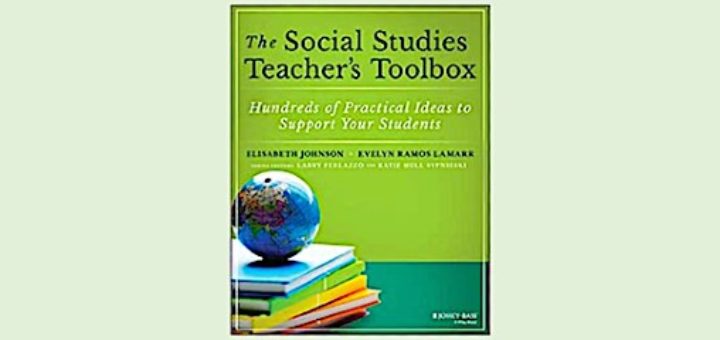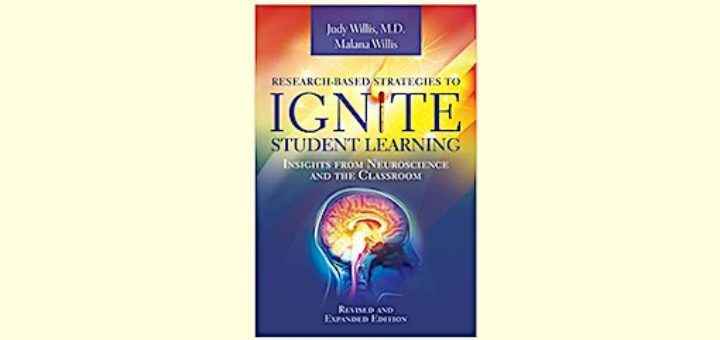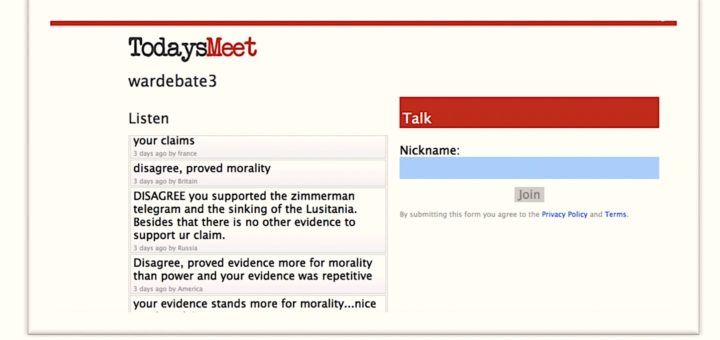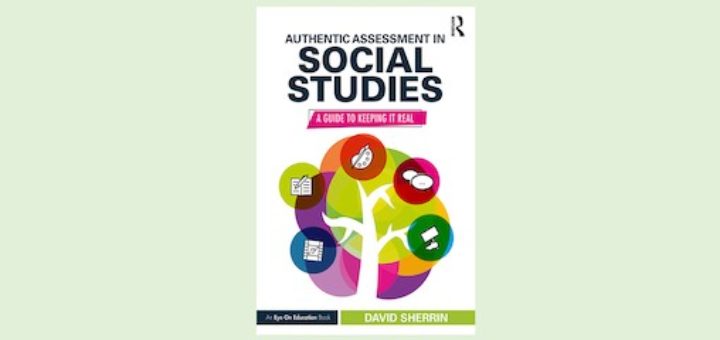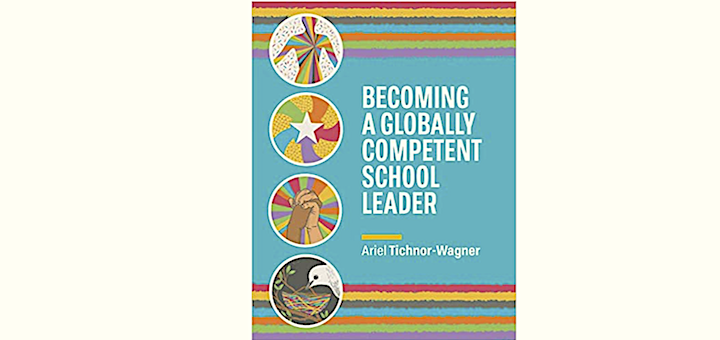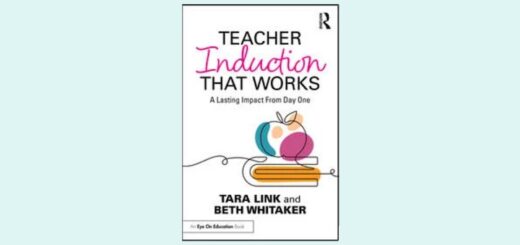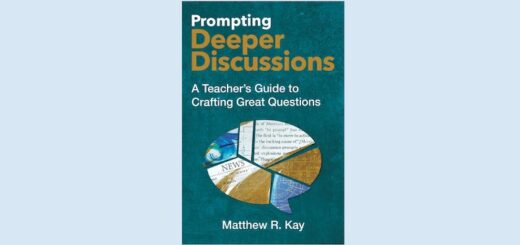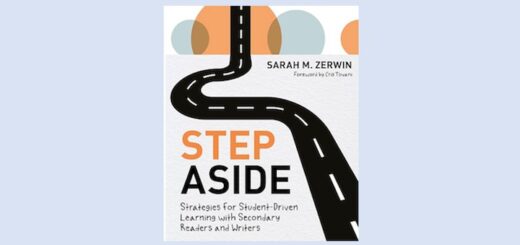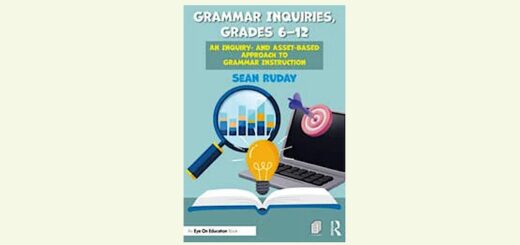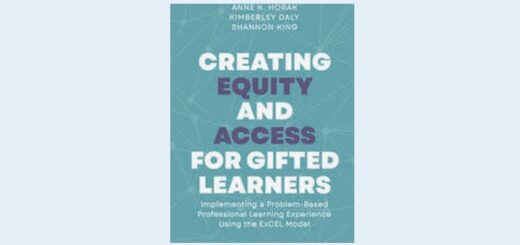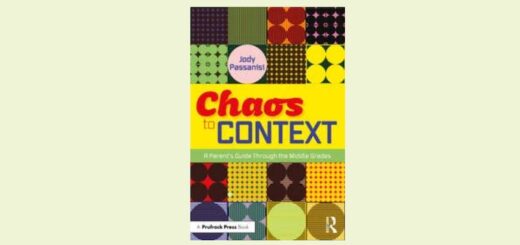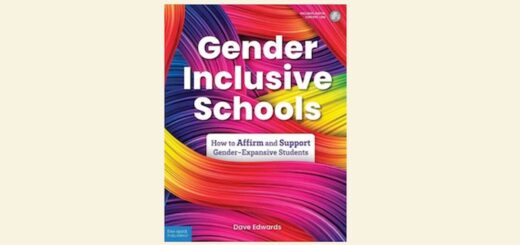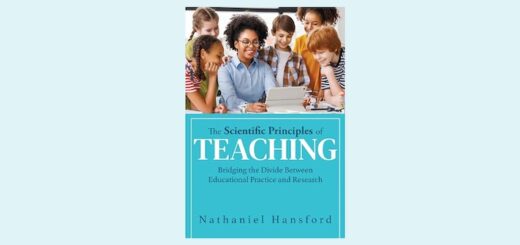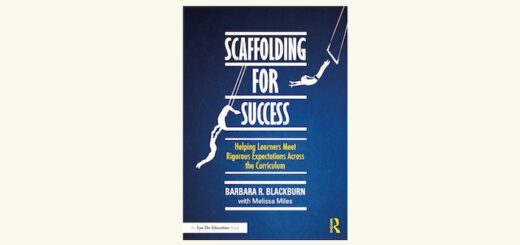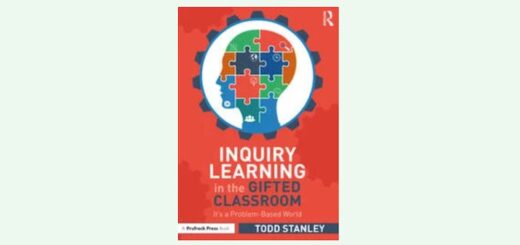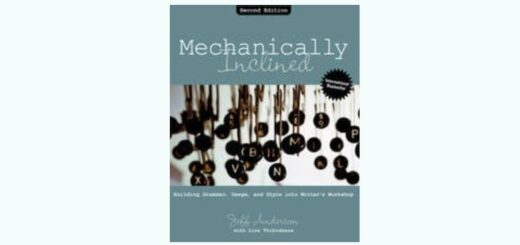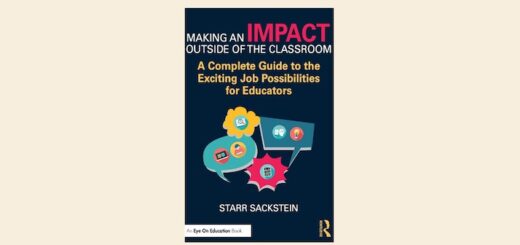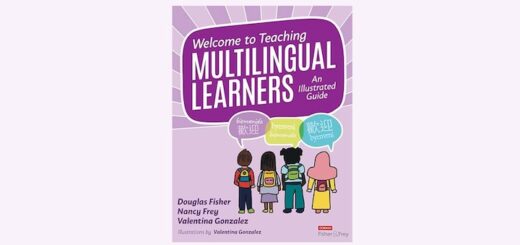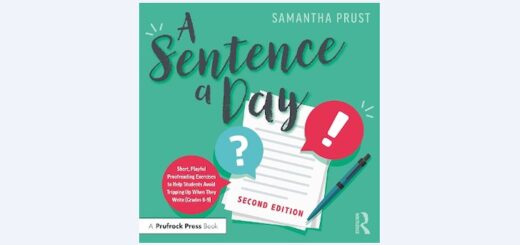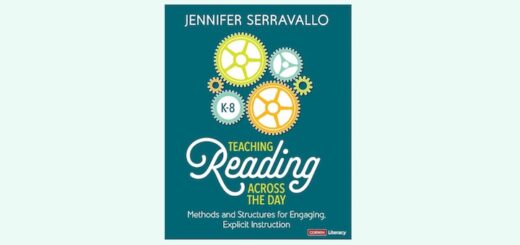Teaching and learning in grades 4-8
As Lauren Brown heads back to school for a year like no other, she considers how to combine academics and SEL support across the content areas. Along with activities for the first days of virtual or physical class, she offers three guidelines to engage kids all year.
The Social Studies Teacher’s Toolbox is THE book that will help teachers develop a rich social studies curriculum founded in research and practical knowledge, writes teacher educator Linda Biondi. This major resource will be welcomed by novice and veteran teachers alike.
Judy Willis MD and her daughter, both teachers, offer a well-researched book – supported by their experience as educators and neuroscience experts – that’s filled with strategies to help students make learning leaps. For Laura Von Staden, “This is 200+ pages of pure gold.”
Kathryn Caprino and Sean Ruday encourage you to include inquiry in your teaching this fall, whether it’s face to face, in remote settings, or a blend. The literacy educators share 5 tips with cross-curricular application to engage kids in the pursuit of essential questions.
Is it possible to get middle school students to talk respectfully to one another, especially if they don’t agree? Award-winning middle grades history teacher Jennifer Ingold considered this a challenge and set out to integrate debate into her Enduring Issues units. Here’s how!
As teachers and students are tossed by the currents of Covid-19, Katie Durkin plans to anchor and then expand her 7th graders’ views of themselves as readers by puzzling out a reading identity, reflecting and planning for the horizon, and charting a path forward.
Assistant principals “feel so limited in what we can do or say that it often seems we have no voice at all,” writes DeAnna Miller. Yet if APs use this time to analyze their “why” and learn what they want to be as principals, they can find the courage to become change-makers.
Practical, touching and funny, David Sherrin’s Authentic Assessment in Social Studies: A Guide to Keeping It Real offers a multitude of innovative approaches while reminding us that student potential lies at the heart of everything we teachers do, writes Sarah Cooper.
Author Ariel Tichnor-Wagner provides school leaders with tools to reflect on curricular programming and to scale these learning experiences for students and staff. Middle School head Michael McLaughlin finds the book’s ideas timely and actionable.
Using the case of Grade 7 teacher ‘Mr. Thomas,’ teacher educator Curtis Chandler walks us through a 3-point strategy that can help teachers detect what kids know, what they missed last spring, and what’s most urgent to learn now. Written with new and veteran teachers in mind!


